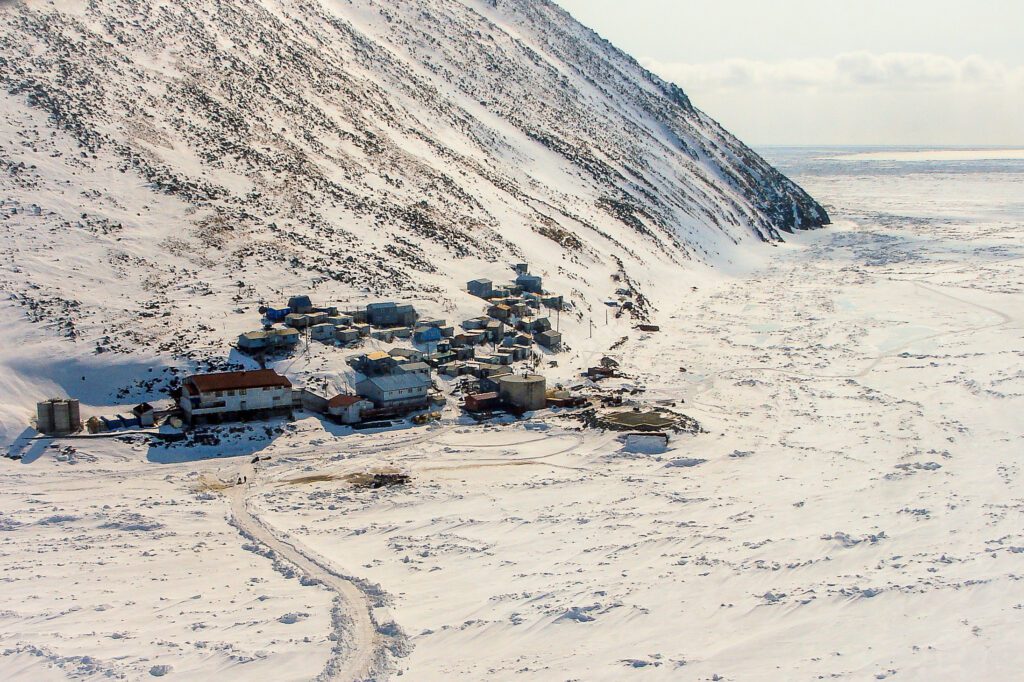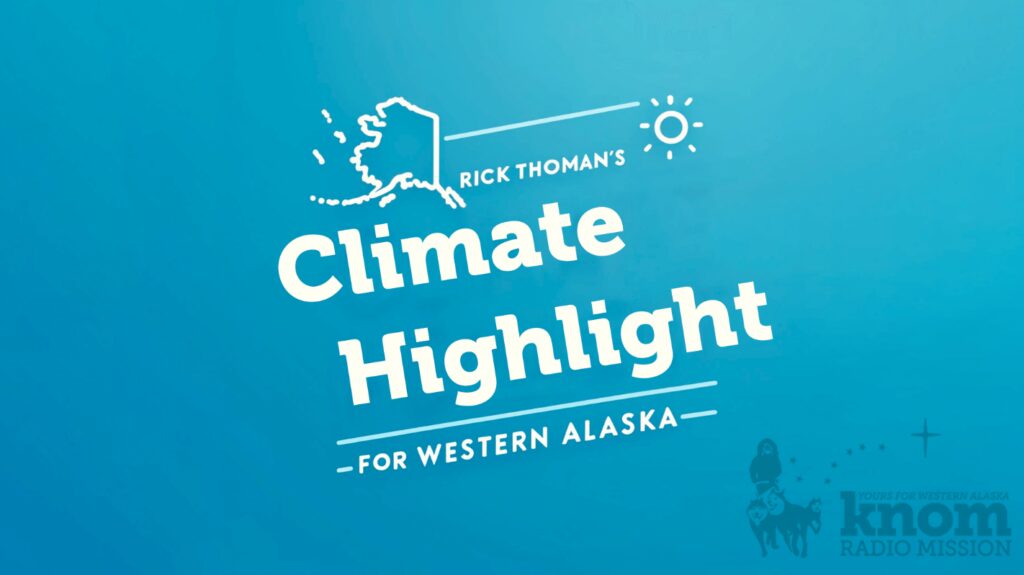Earlier this summer, a very special community education course in a key part of KNOM’s listening area — specifically, Gambell, Alaska — highlighted the scientific community’s growing awareness of alarming degrees of pollution in the Bering Strait.
An event in KNOM’s backyard, it was a breaking news story with crucial local and global impacts. With your support, KNOM was on the front lines.
Gambell is a small community, located on St. Lawrence Island in the Bering Sea, a mere 36 miles from Russia. It’s a village that’s remote even by Bush Alaska standards, and for that reason, it’s hardly a coincidence that KNOM listenership there is high.
Earlier this summer, volunteer producer Kristin Leffler took the trip from Nome to Gambell — via a free flight on a regional carrier with whom KNOM has a sponsorship agreement — to report on the unique class on environmental health and justice being offered by the organization Alaska Community Action on Toxics, or ACAT.
The aim of the ACAT class was to inform and engage local community members — and to merge both scientific and traditional perspectives and types of knowledge — with regards to potential contaminants in the immediate St. Lawrence Island area.
Over many years, research by scientists and observations by St. Lawrence Island residents have increasingly pointed to dangerous levels of chemicals known as polychlorinated biphenyls, or PCBs, and other substances. PCBs, in particular — which, research suggests, can be found in the blood of St. Lawrence Island residents at levels six to nine times higher than their Lower 48 counterparts — are linked to high rates of cancer, immune suppression, birth defects, learning disabilities, and hormonal or endocrine imbalances, among other issues.
It’s believed that PCBs and other substances have amassed in the Bering Strait region in two key ways. The first is through an unfortunate confluence of air and sea currents and other climactic factors that make northwestern Alaska a “hemispheric sink” for pollution. The second is the heritage of US military installations that were active in westernmost Alaska during the Cold War. Known as formerly used defense sites, or FUDS, these remote sites are abandoned now, but some claim that the chemicals used in building and operating them may not have been sufficiently removed from the rural Alaska ecosystem.
During ACAT’s — and Kristin’s — time in Gambell, local residents worked with researchers in discussing the immediate region (and their observations of it) and in field work, collecting samples of pollutant-infected stickleback fish and other organisms and examining them under a microscope. (Examples of these activities are pictured above and below.) It was not only a teaching opportunity but also an exchange of information — with an emphasis placed on rural Alaska perspectives — and an opportunity for those within KNOM’s listening area to make their voices heard. It was an “honor,” Kristin writes, “to be surrounded by dedicated change-makers with such a high respect for all ways of knowing.”
Thanks so much for allowing us to bring this fascinating and vitally important story to our listening and online audiences. Through your support, Kristin was able to turn her experience in Gambell into a long-form news story: a KNOM Profile which you can hear, and read more about, right here on knom.org.
(For those looking for even more information, it’s worth noting that The New York Times also did a piece on the environmental concerns of St. Lawrence Island a few weeks after our story.)







